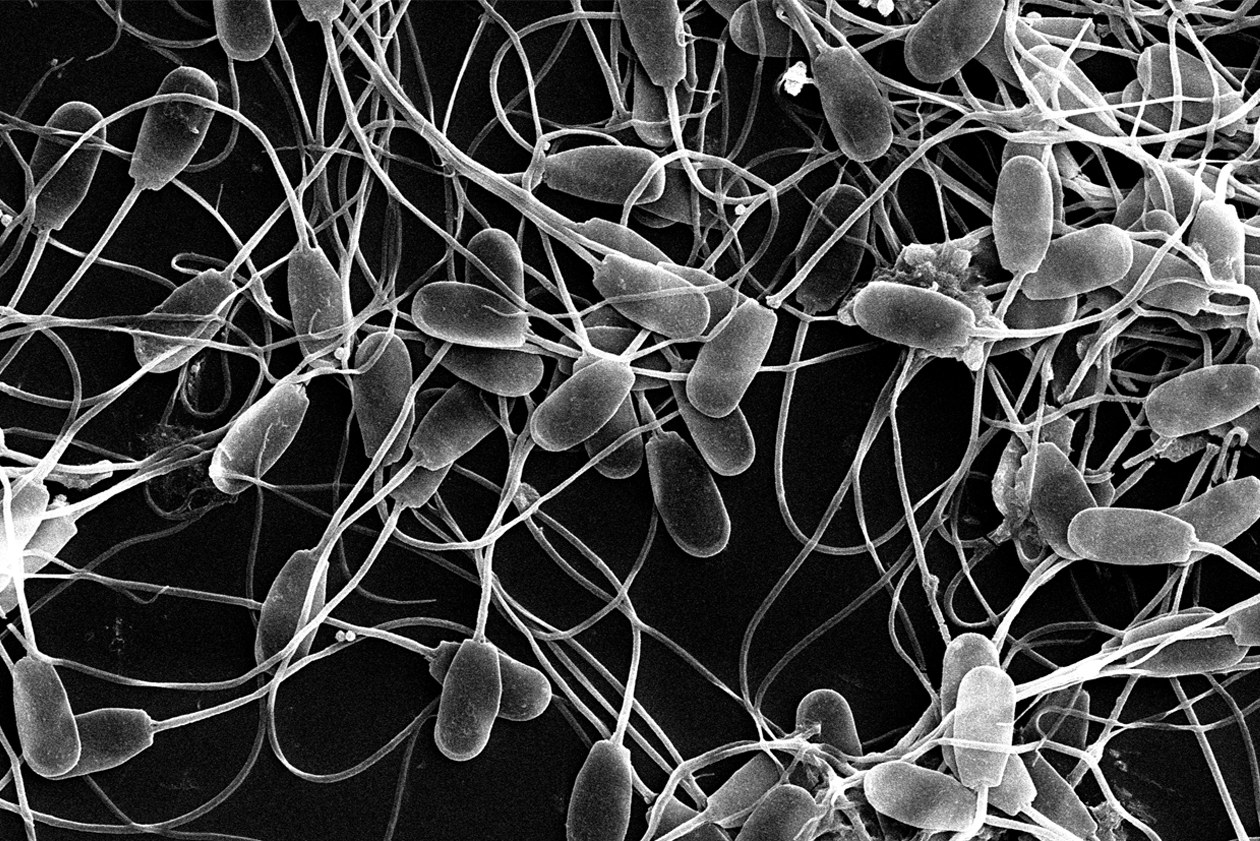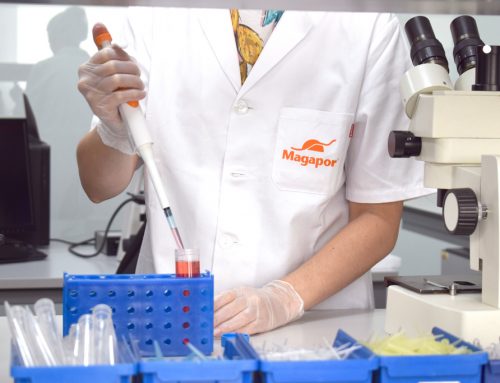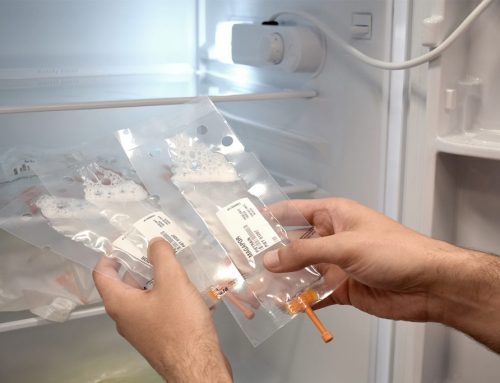A spermatozoa considered normal must have three perfectly defined structures:
- Oval head, without vacuoles or irregularities in outline.
- A midpiece or neck of adequate thickness and length.
- A thin, long, and mobile tail.
A spermatozoa is considered to be morphologically abnormal when it presents one or more of these altered structures. For example curled tail, more than one tail, round or pointed head, very short or thickened midpiece…
The most common abnormalities are the presence of proximal and distal cytoplasmic droplets, as well as whip tails. In both cases, these are secondary malformations that occur during sperm maturation in the epididymis.
Sometimes the same spermatozoa can present several morphoanomalies at the same time. If this occurs, each one must be counted separately and the spermatozoa must be counted as a single cell.
In extreme cases, this may mean the number of abnormal forms is greater than 100%.
However, to be considered as high quality, an ejaculate must not normally have a total number of malformations above 20%.
The various abnormalities present in the sperm can be classified as primary or secondary, depending on where they originate.
- Primary: Those developed in the testes throughout spermatogenesis or spermiogenesis. They are the head, intermediate piece, or tail insertion abnormalities.
- Secondary: Those developed in the epididymis throughout the sperm maturation process; they usually lead to the formation of cytoplasmic droplets.
Immature spermatozoa with proximal cytoplasmic droplets originate in the testicles, and during their journey to the epididymis, the cytoplasmic droplet moves towards Jensen’s ring. Once sperm with distal cytoplasmic droplets reach the epididymis tail, they lose the cytoplasmic droplet and take on the appearance of a mature sperm. Thus, the greater or lesser presence in the ejaculate of various types of immature spermatozoa allows us to ascertain the extent to which the sperm epididymal maturation has progressed. Therefore, distal drops provide a better prognosis for the viability and fertilising capacity of sperm than the proximal type, because they are cells which have developed further in their maturation process.
Stress factors can affect the performance of boars
Immature sperm is usually more fragile than mature sperm, so the cephalic fractures (transverse or longitudinal) and those from the tail can be seen.
Abnormal forms of cytoplasmic droplets can also be observed (eg, large cytoplasmic drops), along with ectopic positions (eg, drops at the end of the main piece) and numerical abnormalities (eg, two droplets: one proximal and one distal).
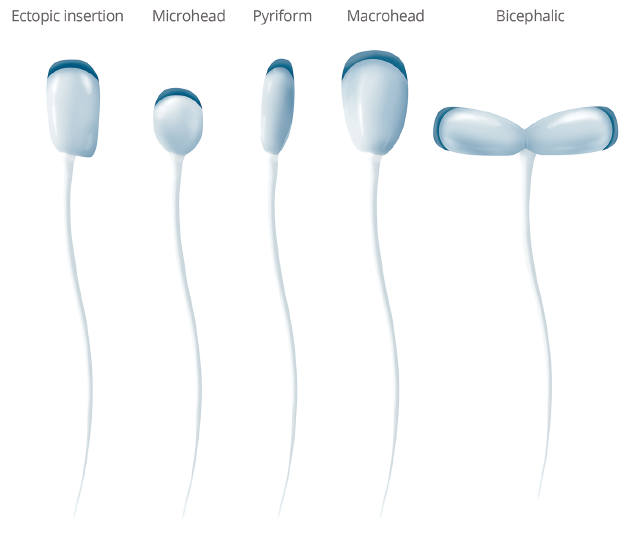
Head abnormal forms in spermatozoa
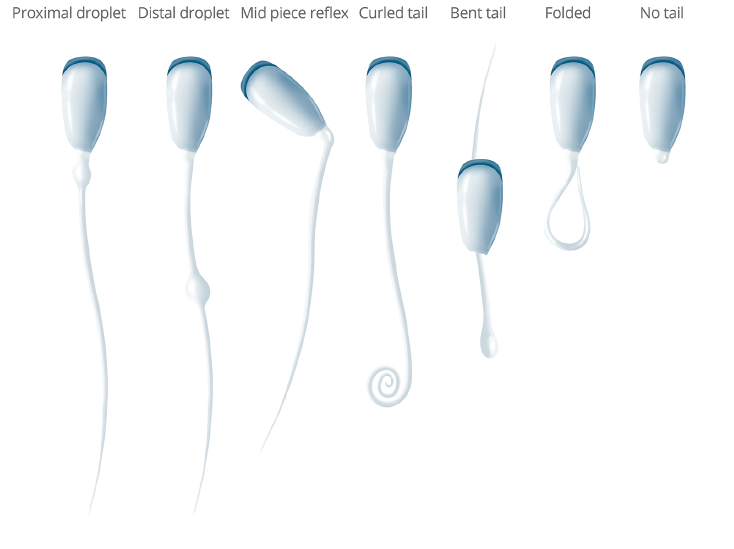
Tail abnormal forms in spermatozoa
The origin of abnormal forms, especially the secondary type and the lack of maturation of the spermatozoa, may be due to a reduction in flow of testosterone at the testicular level. This is often due to stressful situations or inadequate removal rates, either too often or too little. They may also have an anatomical origin, such as the presence of a varicocele.
Among the stress factors, there are any number of circumstances that may affect the boars’ performance: such as high or low temperatures, sudden temperature changes, air currents, lameness, pathological processes, parasitic infections, febrile reactions after vaccination (it is recommended to administer antipyretics 1-2 days before and after vaccination), etc. Regarding high temperatures, exposing pigs to just 3-4 days at temperatures above 27ºC can produce thermal stress leading to an increase in abnormal forms which may take a month to 6 weeks to recover from, and sometimes longer. In other words, until the completion of a new cycle of spermatogenesis and another generation of sperm cells are present.
Therefore, there is no specific treatment against such anomalies, the steps to take are preventive and must be designed to prevent the stress factors that can affect the animals or reduce them as much as possible.

